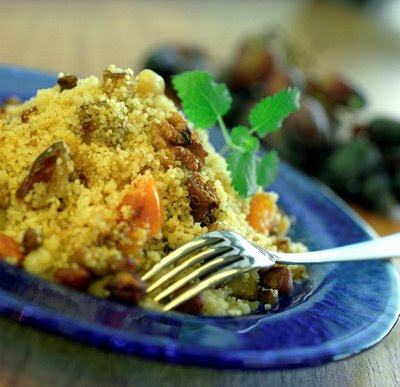
Pomegranates are in full season now and found on sale in most shops and supermarkets. Until recently, this fruit was discarded as unwanted crops from trees and given away to neighbours and friends in abundance.
It is only recently that we have begun to realise the importance of this fruit and the antioxidant that they carry. A number of recent studies suggest that pomegranates may be beneficial in preventing a variety of potentially deadly diseases, including heart disease and cancer.
The word, pomegranate, is derived from French, pomme garnete, literally means seeded apple. Both tart and sweet, the pomegranate seeds and their pulp are the edible portion of the delicious fruit.
Eating this delicious fruit need not be a laborious process of trying to peel off the seeds without piercing them, a chore which would usually take up a good part of your morning! Try cutting the fruit in half, just like you would do with an orange, and squeeze the juice out with a standard orange squeezer. The seeds will remain in the top part of the squeezer, just like the pulp from an orange would, and you are left with the pomegranate juice to drink and enjoy.
Pomegranates can be enjoyed as part of a sweet or even sprinkled over a salad. Try keeping some for Halloween night and use them as small eye balls or pile them up to look like spooky body parts.
400g sweet pastry
2 large pomegranates
200ml sparking wine
3 egg yolks
30g corn flour
80g sugar
Candied orange peel
Split your pomegranates open and take some of the seeds out with your hands and set those aside for decoration. Squeeze the remaining fruit and place the strained juice it in a thick bottomed pan. Add the wine and the corn flour. In a small bowl beat the egg yolks and the sugar to a smooth cream and add the cream to the pomegranate juice.
Allow your mixture to cook over low heat until the cream thickens. Switch the heat off and add the orange peel which needs to be chopped finely
Once your pomegranate cream is ready, line a small flan dish with the pastry and pour the sauce in. bake the flan in a pre-heated oven at about 160C for 30 minutes. Make sure that your pastry is not too brown but just has a nice golden colour.
Once your flan has cooled, sprinkle some icing sugar and top with the pomegranate seeds which you have set aside.

